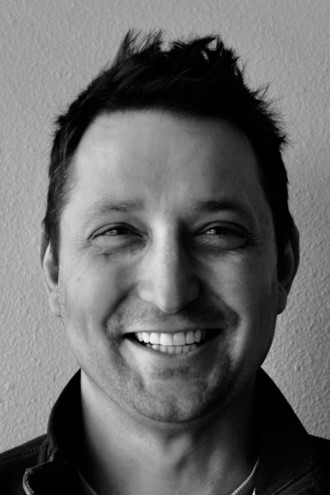- Video Library
- Facible Biodiagnostics | Steven Burden, CEO
Facible Biodiagnostics | Steven Burden, CEO

Steven Burden
Steven is passionate about helping people. For nearly a decade of working as a Medical Laboratory Scientist, Steven grew increasingly frustrated with the lack of widely-available high-quality diagnostic testing that could be used in less than-optimal circumstances. He found a PhD program that allowed him to work on uncovering a better way to diagnose and treat patients in every corner of the globe and under the most adverse conditions. Steven founded Facible with that vision and is leading the way in bringing our revolutionary technology to the world. A member of the Ohlone Costanoan Esselen Nation, Steven holds a BS from Brigham Young University, Medical Laboratory Technician Certificate from the University of Utah, and a PhD in Biomolecular Science from Boise State University.
Steven Burden
Steven is passionate about helping people. For nearly a decade of working as a Medical Laboratory Scientist, Steven grew increasingly frustrated with the lack of widely-available high-quality diagnostic testing that could be used in less than-optimal circumstances. He found a PhD program that allowed him to work on uncovering a better way to diagnose and treat patients in every corner of the globe and under the most adverse conditions. Steven founded Facible with that vision and is leading the way in bringing our revolutionary technology to the world. A member of the Ohlone Costanoan Esselen Nation, Steven holds a BS from Brigham Young University, Medical Laboratory Technician Certificate from the University of Utah, and a PhD in Biomolecular Science from Boise State University.

17011 Beach Blvd, Suite 500 Huntington Beach, CA 92647
714-847-3540© 2025 Life Science Intelligence, Inc., All Rights Reserved. | Privacy Policy








